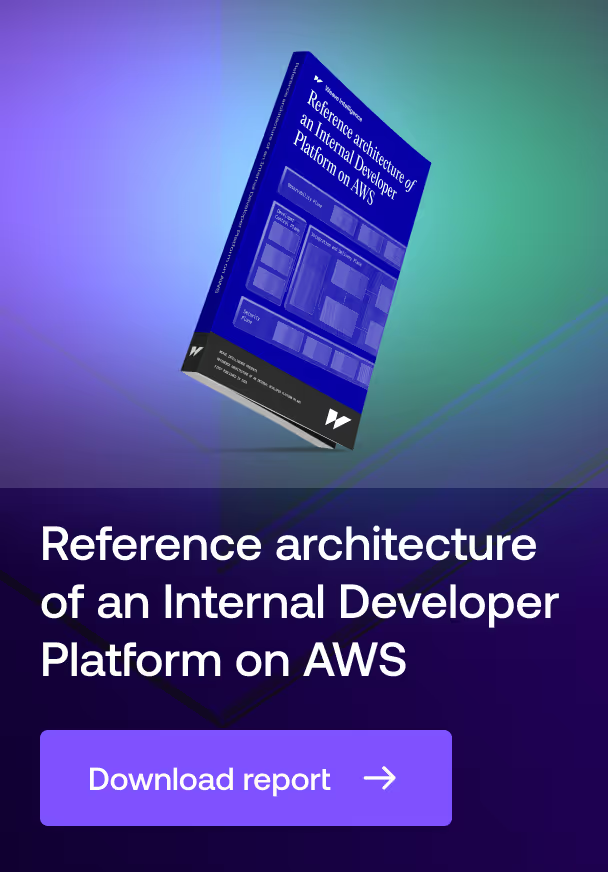
ClusterControl
Profile
ClusterControl is software from Severalnines that serves as an orchestration layer for on-premises, cloud, and hybrid database operations of MySQL, MariaDB, Galera Cluster, PostgreSQL, SQL Server on Linux, TimescalDB, Redis, Valkey, Elasticsearch, and MongoDB. It has three options, a free Community license and two commercial: Advanced and Enterprise.
The Community license provides deployment, replication, and basic monitoring features, including at the query level. The Advanced and Enterprise licenses are equipped with more advanced deployment and monitoring features, plus others to handle full-lifecycle database ops related to scalability, high availability, disaster recovery, security, and user management.
All operations can be configured and managed from the GUI, CLI, or API. ClusterControl is not tied to the underlying infrastructure, allowing users to deploy new databases and import current ones in multiple environments—their own and/or in their own cloud accounts. Integrations with popular tools also help users drop it into their workflows relatively easily.
Focus
ClusterControl possesses features similar to traditional DBaaS platforms but isn’t consumed or packaged as a service. For example, users pay a fixed per node per year rate, and they install the platform on their preferred infrastructure, be it on-premises, cloud, or both.
This enables users to place databases in the environment/s of their choice and configure them with more precision. It also means that they can predict and assert more control over costs. But, this flexibility also presents more work when incorporating it into their data stack.
Therefore, ClusterControl’s commercial licenses are indicated for teams supporting mid to enterprise-level database operations that underpin core products and internal DBaaS projects. These uses generally require access, workload portability, and automation at scale.
Background
Severalnines is a fully-remote, privately held company headquartered in Sweden that has been developing ClusterControl since 2011, supporting over 12,000 deployments. During that time, they’ve also developed a traditional DBaaS offering based on their core technology and established a new implementation concept, Sovereign DBaaS.
Sovereign DBaaS expands the DBaaS and cloud deployment models, focusing on access and workload portability. Central to this is the cloud deployment model’s application to new environments, open-source databases and tooling, and products like ClusterControl
ClusterControl main features
A true single pane of glass
ClusterControl can be placed over databases in multiple environments, whether on-premise or in the cloud, allowing for multi-cloud and hybrid database operations.
Supports mixed-source database estates
ClusterControl is deployed on your choice of hardware, enabling users to orchestrate open-, closed-, like SQL Server on Linux, and source-available databases, like MongoDB.
Orchestrates full-lifecycle database operations
ClusterControl addresses the entire database lifecycle, from deployment and scaling to high availability and disaster recovery, all the way to backups, config and user management, and reporting.






